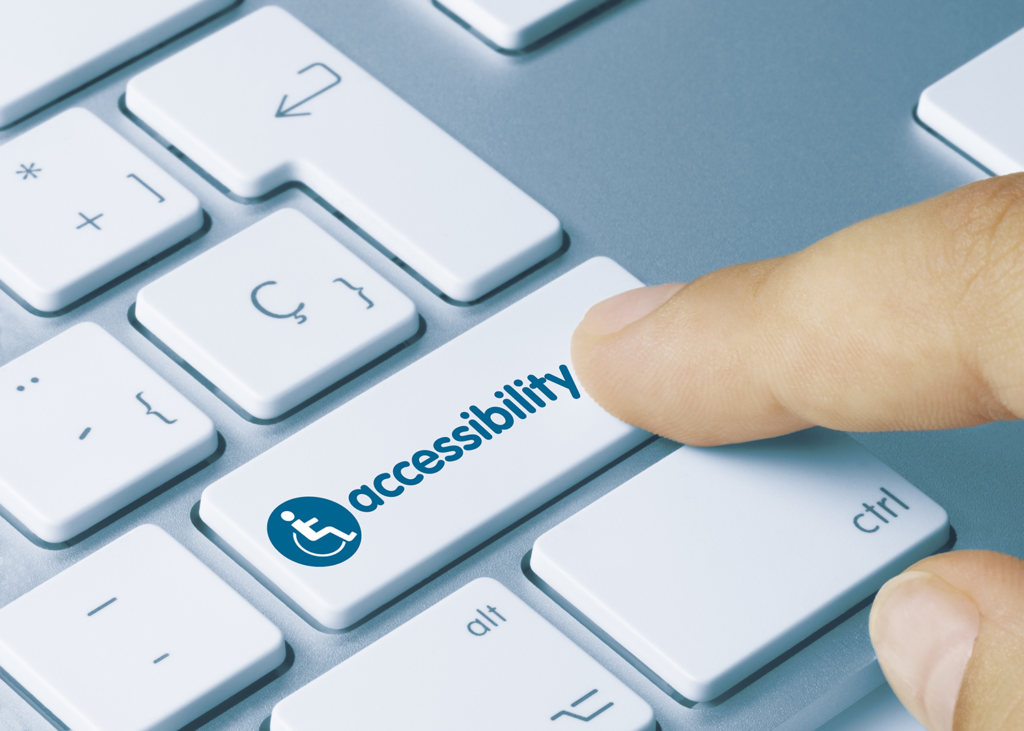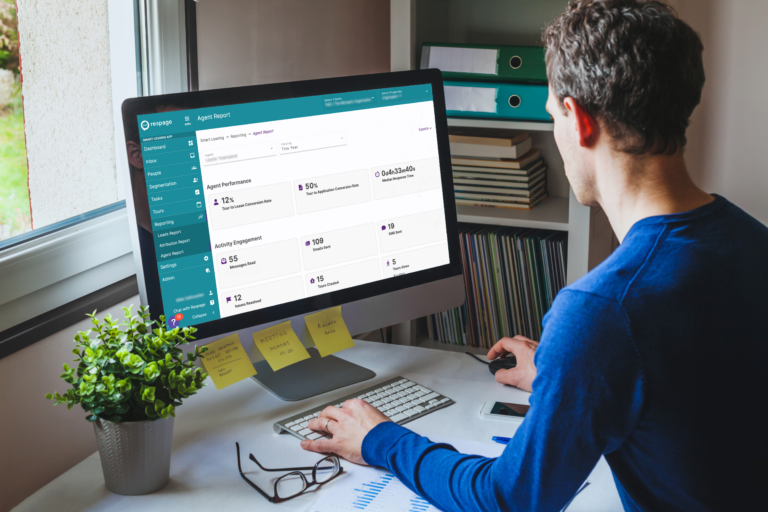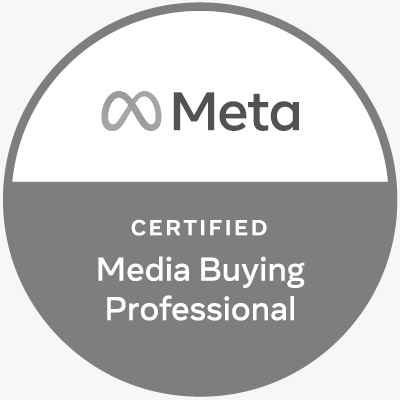The Internet has been a lifeline for millions of people around the world during COVID-19, including those looking to tour or lease an apartment virtually. But is your apartment website accessible to everyone?
As we approach summer, some parts of the country are starting to ease their restrictions related to the virus, while others will remain under stay-at-home orders for the foreseeable future. For the Multifamily space, this means apartment virtual tours and other online leasing practices will continue.
But if your apartment website isn’t equipped to accommodate the one in four American adults who have a disability, you could be losing business to competitors that do.
Ensuring that your apartment website is compliant with the Americans with Disabilities Act means that everyone, regardless of disability, can access the information on your site.
We’ve written about the importance of web accessibility before, but it’s more essential than ever given that so much more business is being conducted online as a result of COVID-19.
Read on to learn why website accessibility is crucial and how to make sure your apartment website is compliant.
What is web accessibility?
Web accessibility is the practice of ensuring that there are no barriers that prevent people with disabilities from interacting with a website. Accessible websites are designed to help people navigate and interact with information on a site.
The most widely used set of accessibility standards are the Web Content Accessibility Guidelines (WCAG) 2.1. Websites that are accessible have added accommodations that are outlined in WCAG 2.1. A few examples include structuring your content to make it legible to screen readers; making your site fully usable by keyboard only; adding closed captioning to videos; and having descriptive anchor text for links rather than simply writing “click here.”
What COVID-19 means for accessibility
According to 2018 data from the Centers for Disease Control and Prevention, 25% of American adults, or about 61 million people, have a disability. These include disabilities related to vision and hearing as well as cognitive function and mobility, and they can affect a person’s ability to use the internet.
Now that apartment virtual tours and leasing have become the norm, your apartment website could be unusable to prospective renters if your site isn’t compliant.
You could also be putting your company at risk for lawsuits. The stress and frustration that many are feeling due to COVID-19 could be a threat to non-compliant websites. Courts consider web accessibility to be an ADA issue, and sites that aren’t compliant could face serious consequences. More than 11,000 web accessibility related suits were filed in the U.S. in 2019, which is a massive increase from 2013, when just over 2,700 lawsuits were filed.
Common accessibility issues and fixes
The ADA has rolled out a best practices guide offering relatively easy solutions to some common problems that make a site inaccessible. Here are a few highlights:
Problem: Images without text. Blind people and those with low vision rely on screen readers, which speak the text that appears on the computer screen. Screen readers cannot interpret photos of your apartment community, or any information that is color-coded or displayed in the form of a chart.
Solution: Add text to every image. Including a line of simple HTML code to provide text to all images will enable a visually impaired user to understand what the image is. The words in the tag should be text equivalent to the image, meaning it should be more than a two-word description. It should meaningfully convey what the image shows.
Problem: Documents are not posted in an accessible format. Apartment communities that post documents in PDF format, which is image-based, should be aware that blind people using screen readers cannot read them.
Solution: Always provide documents in a text-based format, such as HTML, in addition to PDF. Text-based formats are the most compatible with assistive technology.
Problem: Videos and other multimedia lack accessible features. Many apartment websites use videos and other multimedia to show off their communities, but without accommodations, they aren’t accessible to people who are visually impaired or hard of hearing.
Solution: Videos should have audio descriptions of what’s happening on the screen for the blind and text captions for the deaf.
Where can you start?
A good first step is to turn to an evaluation tool or service that can help you determine if your apartment website meets the guidelines. The Bureau of Internet Accessibility offers a free graded report of how your site holds up against the WCAG 2.1 standards. The World Wide Web Consortium has an extensive list of accessibility evaluation tools, too.
If these tools show that your site has accessibility issues, you can have your in-house team manually correct them, which could be time-consuming. Here’s an easier fix: If your site is WordPress-based, you can easily install an ADA compliance plugin that audits your site for you and can add tools that visitors can use to make your site accessible to all.
Once your apartment website is compliant, remember that any features you subsequently add to your site should also be accessible. At Respage, we have made sure our Chatbot — a 24/7 agent that engages with both prospects and residents about a particular apartment community — is accessible and fully conformant with WCAG 2.1 standards.
Website accessibility is something that needs to be monitored and maintained over time. If you have any accessibility requirements to discuss, please email us at support@respage.com.





